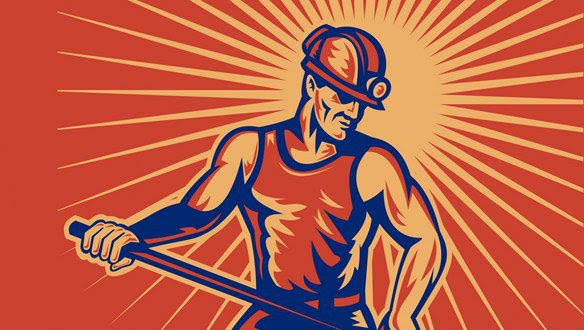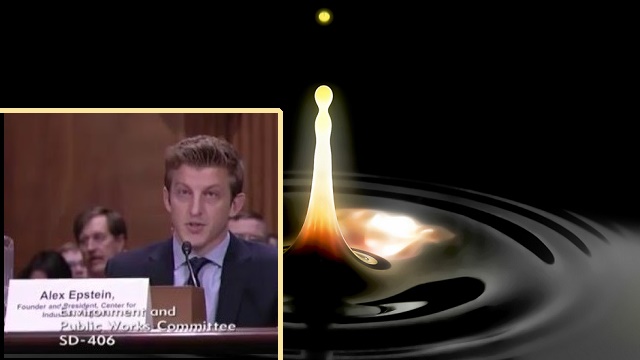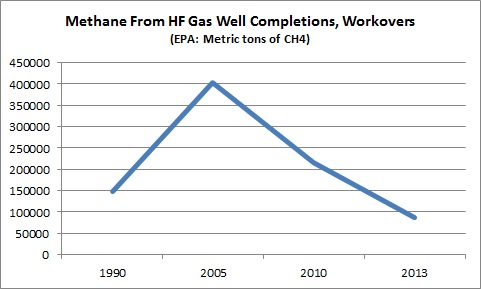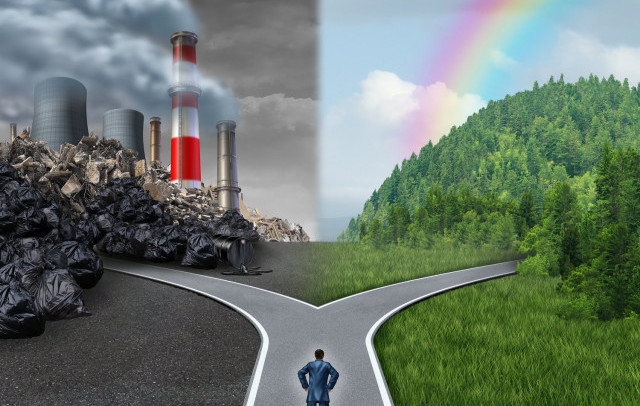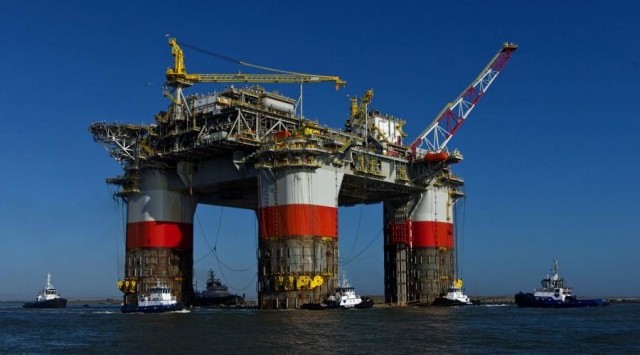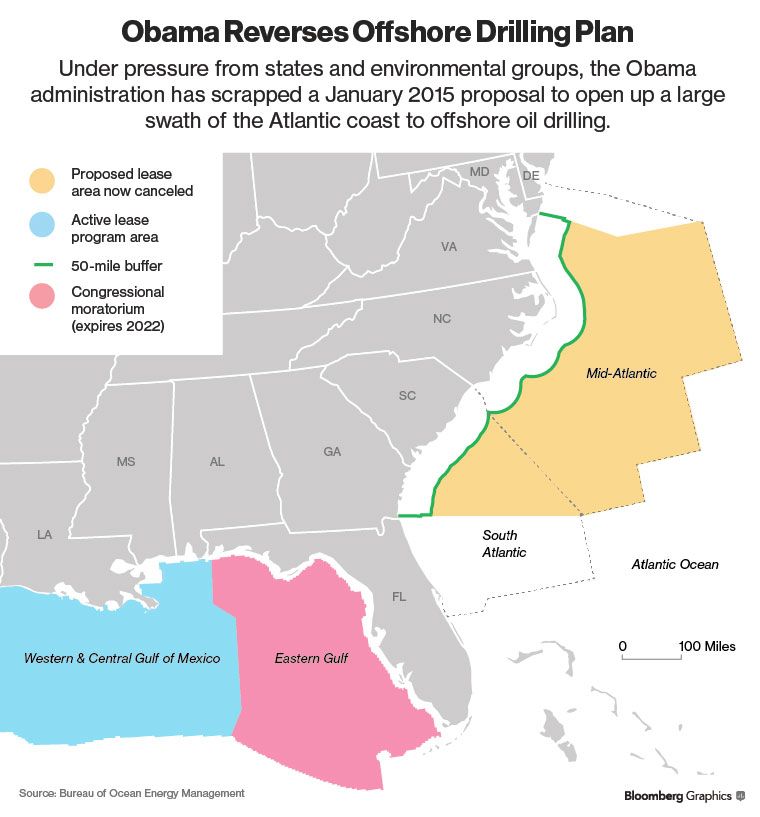North Dakota Sheriff: Dakota Access Pipeline Protesters Are ‘Hostile,’ ‘Armed,’ and ‘Not Peaceful’
KEY TAKEAWAYS:
Sheriff: #NoDAPL protesters are ‘hostile,’ ‘armed,’ and ‘not peaceful’
If the Obama administration thought their actions to halt part of the construction of the Dakota Access Pipeline would calm things down in North Dakota, they were mistaken. If anything, protests have intensified.
Dozens of people have been arrested by local law enforcement, and the Mercer County Sheriff Dean Danzeisen, bluntly stated to the Obama administration, “These are not peaceful protestors.”
They are armed, hostile, and engaged in training exercises which can only be intended to promote violence, whether on Corps property or elsewhere. These rioters have left Corps and Standing Rock property on multiple occasions and travel several miles to enter private property to assault employees, private security personnel, and damage property that will take millions of dollars to repair. A number of these individuals have been observed brandishing weapons.
One anti-pipeline protester went on a local North Dakota radio show to talk about “lawlessness” he saw taking place inside the camps.
A union leader in North Dakota spoke to local North Dakota radio about the hostile environment created by pipeline opponents for those working on the pipeline:
Pam Link of the Local 563 chapter of the Laborers International Union of North America was on air with my colleague Jay Thomas on 970 AM WDAY. She spoke with Jay about the issues the pipeliners are going through with the #NoDAPL protests.
She painted an ugly picture, describing one incident where a worker filling up his truck at an area gas station was “beaten” by masked protesters.
“I wish people could imagine the situation our union workers have been put in,” she said, adding that hundreds of the workers are from right here in North Dakota.
“No one should have to be going to work threatened and put in an unsafe position,” she added.
Link said workers routinely show up at their work sites along the pipeline routine to find equipment damaged. Not that they get much of a chance to address the damage. She also said workers are routinely run off by protesters just a couple of hours after starting their work days.
There are a “handful of workers who have left the job,” Link said, though added that most of the workers are sticking and want to get the project completed.
This hostile environment has expanded and is affecting farmers and ranchers far from the pipeline’s route. Doug Goehring, North Dakota’s Commissioner of Agriculture, told North Dakota blogger Rob Port, the protests are anything but peaceful:
He said farmers and ranchers in areas even as far away [sic] as 20 or 30 miles from the protests are feeling “frustration, fear, anxiety, and tension.”
“It’s just like living down in an area that seems like a battle zone,” he said.
“These are innocent people who are caught in harm’s way,” he added.
He said he’s spoken to farmers and ranchers from the area who have sent their children to live in the Bismarck/Mandan area during the protests because they don’t feel safe. He said ag producers are having troubles harvesting their crops or tending to their cattle because of the protest activities and the law enforcement response they provoke.
In one instance he said he spoke to a farmer who lives 20 miles away from the main protest area who had a protester chain himself to a light pole in his farm yard.
“This is terrible,” he told me.
It should be noted that one of the protesters’ key talking points–that the pipeline will destroy cultural artifacts–has been upended. North Dakota State Historical Society’s archaeologists have found no evidence of cultural items on the pipeline’s route.
Both the energy industry and labor unions turned up the volume on the administration’s delay of Dakota Access Pipeline.
The presidents of the International Union of Operating Engineers, International Brotherhood of Teamsters, Laborers’ International Union of North America, United Association and the International Brotherhood of Electrical Workers sent a letter to President Barack Obama demanding that he “stand up for American workers” and allow construction to continue, NBC News reports:
The unions, which collectively represent 3.5 million workers, said the weeks-long halt in construction of the pipeline at Cannon Ball, North Dakota, had caused “hardships for thousands of families.” The unions said 8,000 of their members are currently working on the $3.7 billion project.
“The intervention by the Departments of Justice, Interior, and the U.S. Army to indefinitely halt a project that is more than halfway constructed and has received state and federal approval raises serious concerns about the future of infrastructure development in America, and the livelihoods of our members,” the group wrote in a one-page letter.
The energy industry reinforced labor’s points. On a press call, the American Petroleum Institute’s Robin Rorick warned that Obama administration actions threatened the rule of law saying it set “a dangerous precedent for other non-oil and gas projects like roads, bridges, tunnels and electricity transmission lines.”
Last month, Matt Koch at the Institute for 21st Century Energy also noted it is “also unfair to the communities along the pipeline route that support the project, and all Americans who stand to benefit from increased energy and economic security once the project is completed.”
Both industry and labor reminds us that the pipeline went through years of reviews at the state and federal level that included many opportunities for the public and interested groups to offer input. Permits were lawfully approved under that thorough process.
When asked to issue an order blocking pipeline construction, federal Judge James Boasberg looked at the facts and concluded the Army Corps of Engineers followed proper procedures and bent over backwards to gather input from the public, including Native American tribes who could be affected. He denied issuing an injunction, yet an hour later, the Obama administration chose to halt construction near the protest area, putting us in the situation we’re in.
The United States is a nation of laws. This administration should stand up for the rule of law, law-abiding construction workers, and local communities and not extreme anti-energy groups.It should stop impeding this necessary energy infrastructure project.
RELATED ARTICLES:
What If… America’s Energy Renaissance Never Actually Happened?
MORE ARTICLES ON: ENERGY

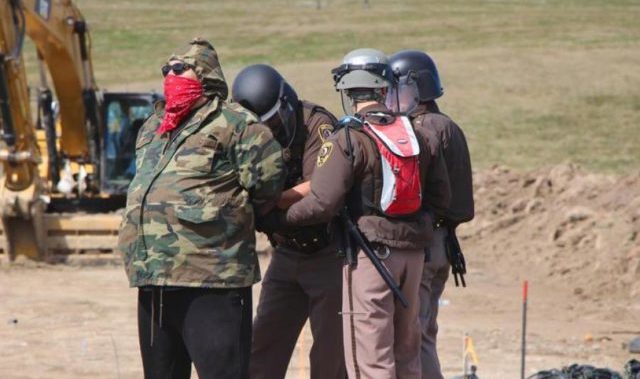


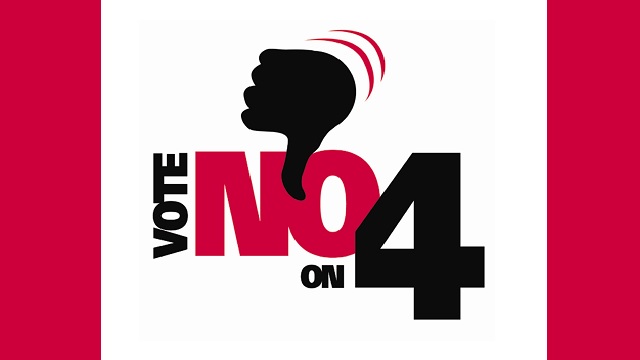
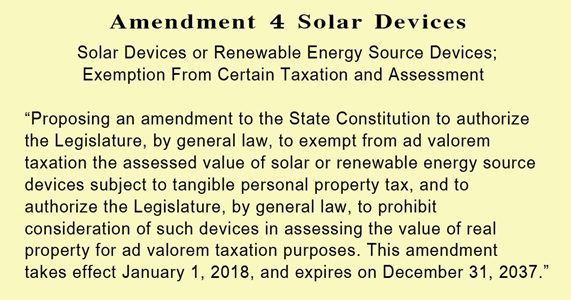




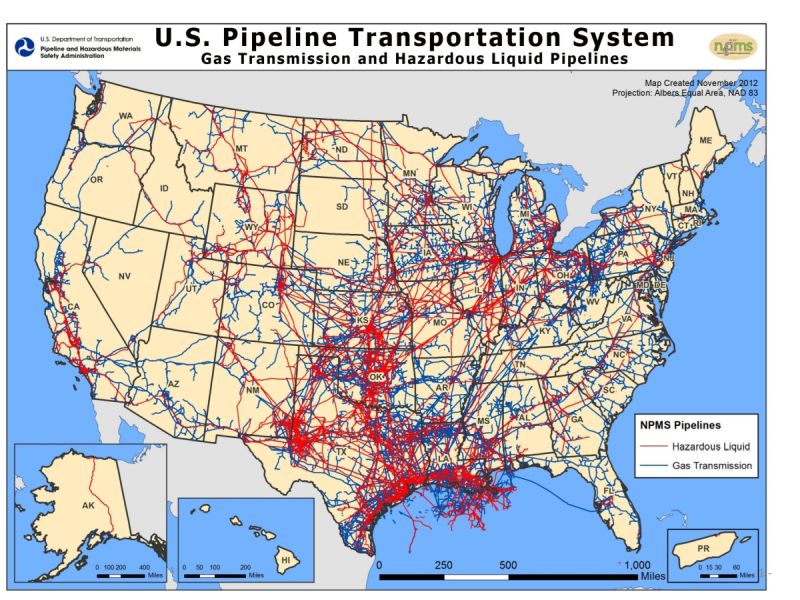
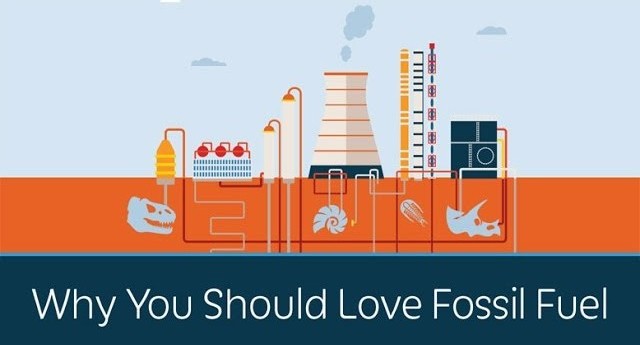
 A couple months ago I spoke to the Alaska Oil and Gas Association and met a very bright industry member, Ethan Atwood, who told me how he and his company had become incredibly effective advocates by using the moral case for fossil fuels. He recently shared his story on my podcast,
A couple months ago I spoke to the Alaska Oil and Gas Association and met a very bright industry member, Ethan Atwood, who told me how he and his company had become incredibly effective advocates by using the moral case for fossil fuels. He recently shared his story on my podcast, 





